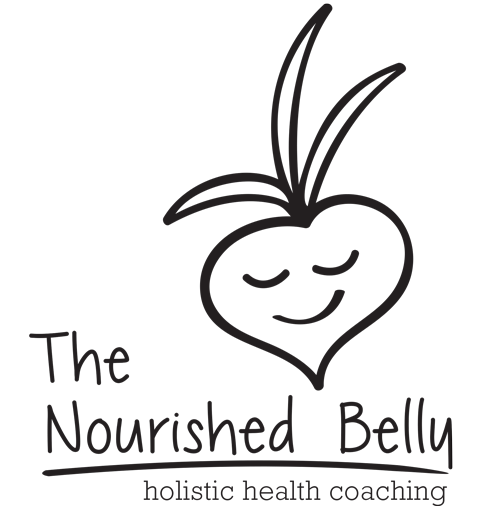Part of Nourished Belly Living and The Nourished Belly Diet is trying to get rid of plastics use, and boy….it’s difficult and not to mention confusing. I sometimes feel overwhelmed at even trying to cut out plastics when I go to Costco or Trader Joe’s and see the enormous amount of plastic that is used to cover EVERYTHING. There are a lot of resources out there talking about the dangers of plastic, from the enormous amount of plastic bottles that are filling up our landfills, to all the bits of plastic that make it into the stomachs of birds, to the floating islands of plastics that are swimming through our oceans, so I’m not going to go into that here.
Maybe you are on a quest, like me, to find out what things we can use that will cause less impact on the earth. Unfortunately, it’s a little confusing with so many things parading around as “biodegradable” and or “made from corn.” So besides using LESS plastic (which really, is step one. Do you really need that plastic bag?), what should you look for?
Ideally we want things to be certified compostable. This means that the material will degrade quickly and not compromise the quality of the compost. For our intents and purposes in the Bay Area, we want to know if we can put it into the green bin, because if something is compostable, it’s supposed to break down in city municipal composting centers. We in the Bay are lucky cause we have them, including the fact that we have city compost pick up! (Yay Bay Area!)
Look for something that is certified compostable (BPI and Vincotte are companies that certify) and you can also go to this link for a list of companies that have been third party tested to meet national standards….
Don’t just buy something because it says biodegradable. Often these products are conventional plastics mixed with something plant based. Once you’ve mixed these substances, they can’t be unmixed, and they can’t even be recycled. So, they are only good for the landfill...which is a DAGGER in the heart for someone who wanted to buy something better for the earth. I know. I've been there.
So where should you buy your compostable stuff? Here are a few companies I’ve looked at:
Companies and products I support:
- World Centric: According to their website, they donate 25% of their profits to charity, their products are BPI certified, and some are Vincotte certified (compostable at home). They also seem to have a social justice and environmental justice side, and also talk about fair trade. I have personally used their products for events, and like them.
- Bio Bags: I pretty much see this brand everywhere, including Costco. They are BPI certified, and have a pretty thorough and informational website. They are a small company that focuses on creating compostable bags...I like that.
- Ecosafe: Also an informative website. BPI certified. I like that they have a mission of diverting food waste from landfills, and it seems like they have other programs in place to try to make it sustainable. I have never used their products before, but I like what they have to say.
Only if there's no better option:
- Bag to Nature: They are BPI certified, but honestly, from their website, they don’t seem to CARE. Bag to Nature is one of the many product lines that this company owns, so I would think that this is more of a “how can we increase our profits with what the market wants,” than actually caring about their product. Of course, this is completely my opinion!
- Popular brands: Brands like Glad (owned by Clorox) and Ziplock (owned by SC Johnson) are getting into the compostable market, which is overall, a good thing. In terms of who I will support with my consumer dollars, however, I’m more likely to support companies that have an overall mission of saving the environment, not companies whose main products are plastics and other not great for you home products. Just sayin’.
A friend asked me how much I knew about the manufacturing side of compostable bags, and to be honest, that information was a little harder to find. If you happen to know more about that, please comment and share your knowledge!
Let’s leave this article with some thoughts on how we can reduce our plastic use in general, and if we need to get single use products, think about getting ones that are compostable :)
Remember...True Nourishment is MORE than what we put into our bodies....it's the environment around us.
Happy Nourishing,
Tammy
Resources:
http://www2.qsrmagazine.com/articles/features/126/recyclable-1.phtml
http://www.leiproducts.com/bag-to-nature/difference
http://www.bpiworld.org/BPI-Public/Approved/1.html
http://worldcentric.org/biocompostables/utensils/utensils-200F
http://biobagusa.com/about-biobag/
https://en.wikipedia.org/wiki/The_Glad_Products_Company
http://scjgreenchoices.com/products/ziploc-brand-compostable-sandwich-bags/

